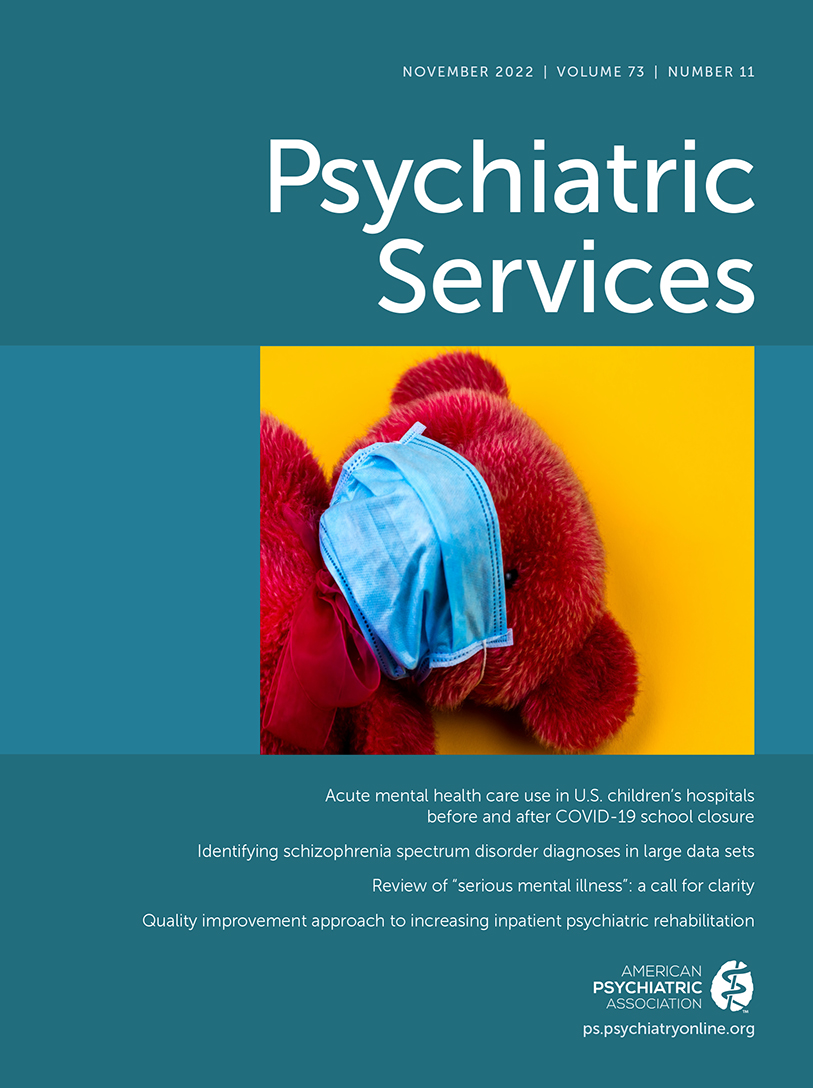Use of Acute Mental Health Care in U.S. Children’s Hospitals Before and After Statewide COVID-19 School Closure Orders
Abstract
Objective:
This study aimed to examine changes in child emergency department (ED) discharges and hospitalizations for primary general medical (GM) and primary psychiatric disorders; prevalence of psychiatric disorders among acute care encounters; and change in acute mental health (MH) care encounters by disorder type and, within these categories, by child sociodemographic characteristics before and after statewide COVID-19–related school closure orders.
Methods:
This retrospective, cross-sectional cohort study used the Pediatric Health Information System database to assess percent changes in ED discharges and hospitalizations (N=2,658,474 total encounters) among children ages 3–17 years in 44 U.S. children’s hospitals in 2020 compared with 2019, by using matched data for 36- and 12-calendar-week intervals.
Results:
Decline in MH ED discharges accounted for about half of the decline in ED discharges and hospitalizations for primary GM disorders (−24.8% vs. −49.1%), and MH hospitalizations declined 3.4 times less (−8.0% vs. −26.8%) in 2020. Suicide attempt or self-injury and depressive disorders accounted for >50% of acute MH care encounters before and after the statewide school closures. The increase in both ED discharges and hospitalizations for suicide attempt or self-injury was 5.1 percentage points (p<0.001). By fall 2020, MH hospitalizations for suicide attempt or self-injury rose by 41.7%, with a 43.8% and 49.2% rise among adolescents and girls, respectively.
Conclusions:
Suicide or self-injury and depressive disorders drove acute MH care encounters in 44 U.S. children’s hospitals after COVID-19–related school closures. Research is needed to identify continuing risk indicators (e.g., sociodemographic characteristics, psychiatric disorder types, and social determinants of health) of acute child MH care.



